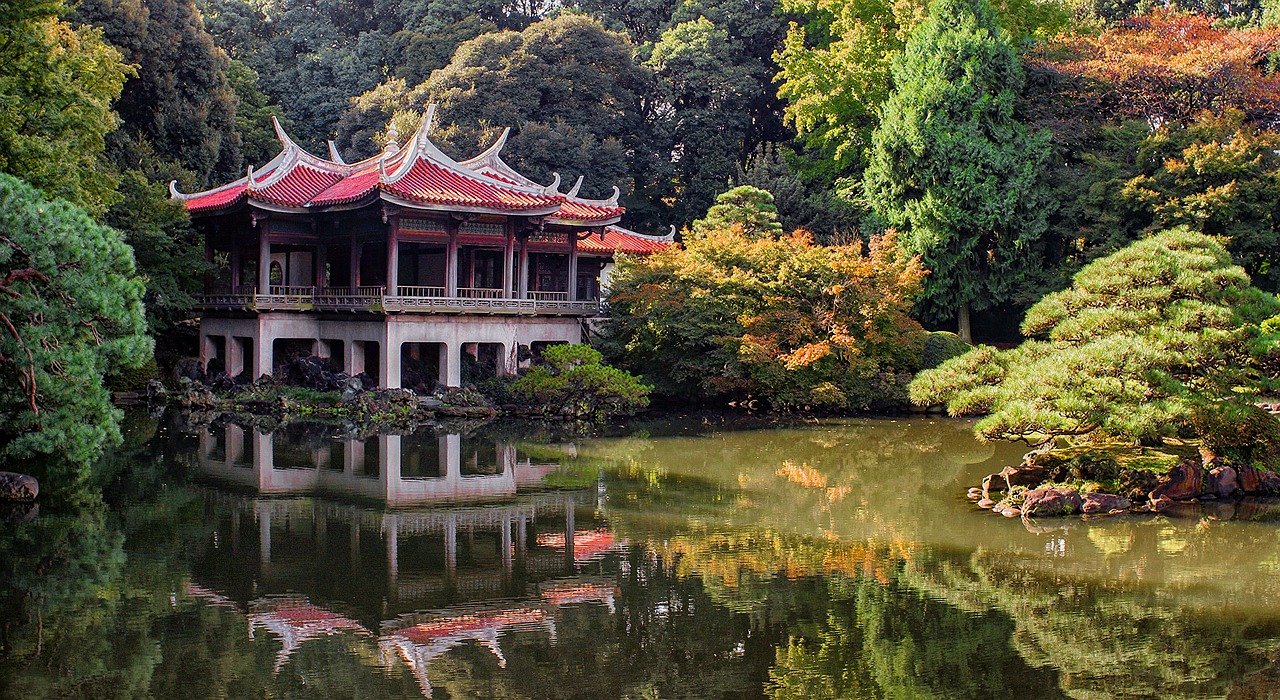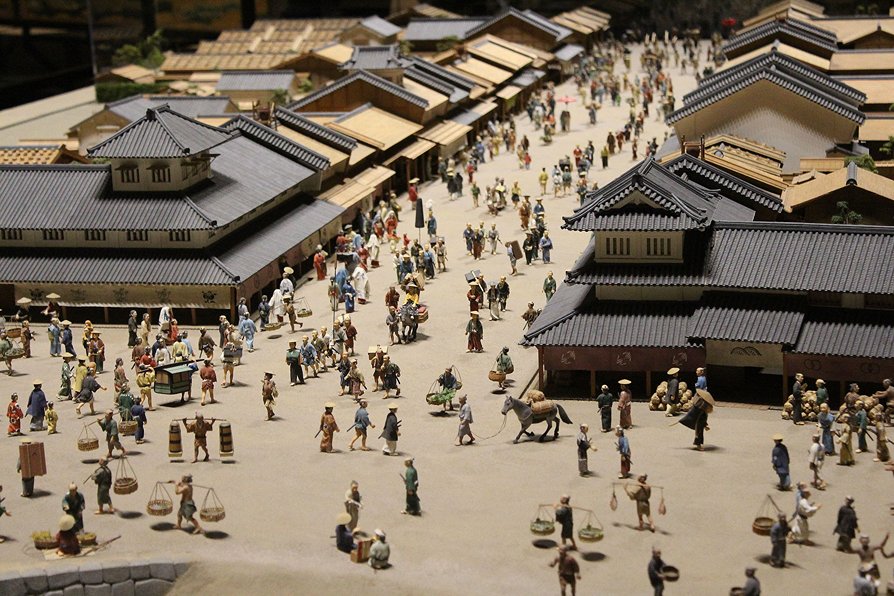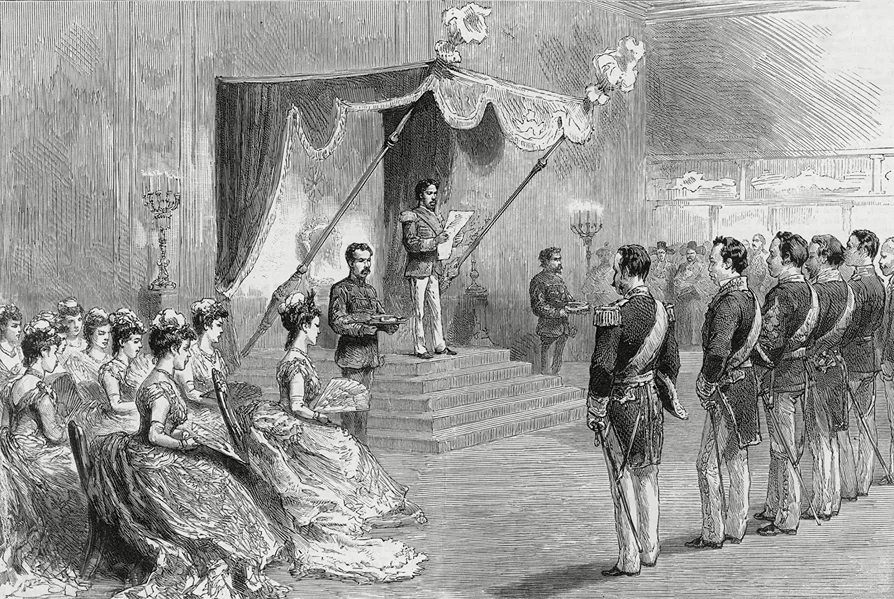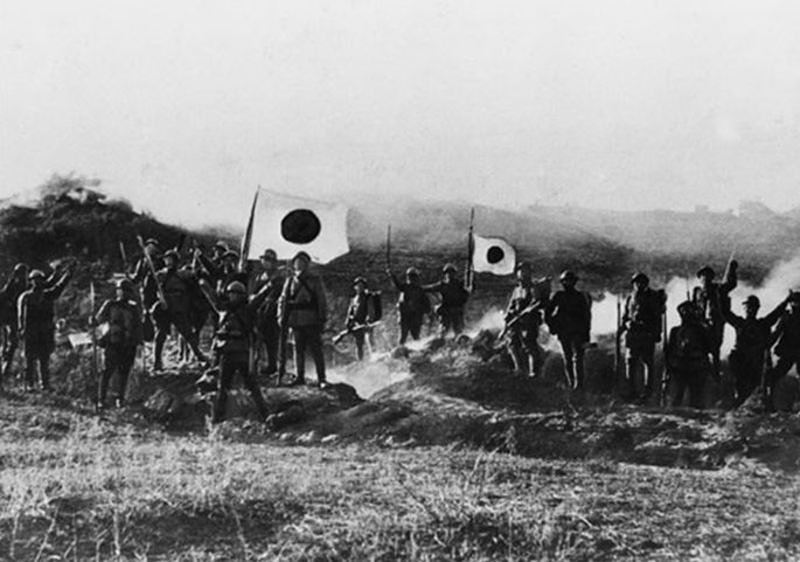Per stampare l'articolo, utilizza il link nella barra degli strumenti dell'articolo.
- Japan was founded on February 11th, 660BC
- Early inhabitants were usually fishers, gatherers, and hunters.
- The indigenous people of Japan were The Ainu, the first settlers of Japan's land in the north.
Nara & Heian Period (710-1192)
- The first Japanese permanent capital was formed in Nara in 710, then moved to Heian (Kyoto)
- Emergence of Japanese Buddhism spread from India ---> China ---> Korea ---> Japan
- Last of the classical period
Kamakura Period (1192-1333)
- Start of the medieval period
- Established a new military government, the Kamakura Bakufu
- The emergence of the Japanese samurai.
- Kamakura had financial problems and decreasing loyalty
Muromachi Period (1333-1600)
- Imperial power in Japan after overthrowing the Kamakura
- However, it was outdated and there was a struggle to gain support from landowners
- start of the modern Japan period after the establishment of the Tokugawa Shogunate and the end of the medieval period in 1600
Edo Period (1603-1868)
- Tokugawa ruled the country and stressed morals, education, and hierarchical order in the government and society
- The Tokugawa government was stable, but their job position safety was slowly on the decline.
- In 1868, the Tokugawa government fell due to political pressure, and the rule of Emperor Meiji began, starting the Meiji restoration
Meiji Period (1868 - 1912)
- Education reformed after the French and German systems
- New army and navy modeled after Prussians and the British
- Currency reform after 1880's financial crisis
- Emperor Meiji died in 1912
Taisho/Early Showa Era (1912 - 1945)
- Increasing industrialization and willingness to become a powerhouse under Emperor Taisho in WW! and Emperor Showa in WW2
- Government became heavily controlled by the military
- Leads into modern day Japan
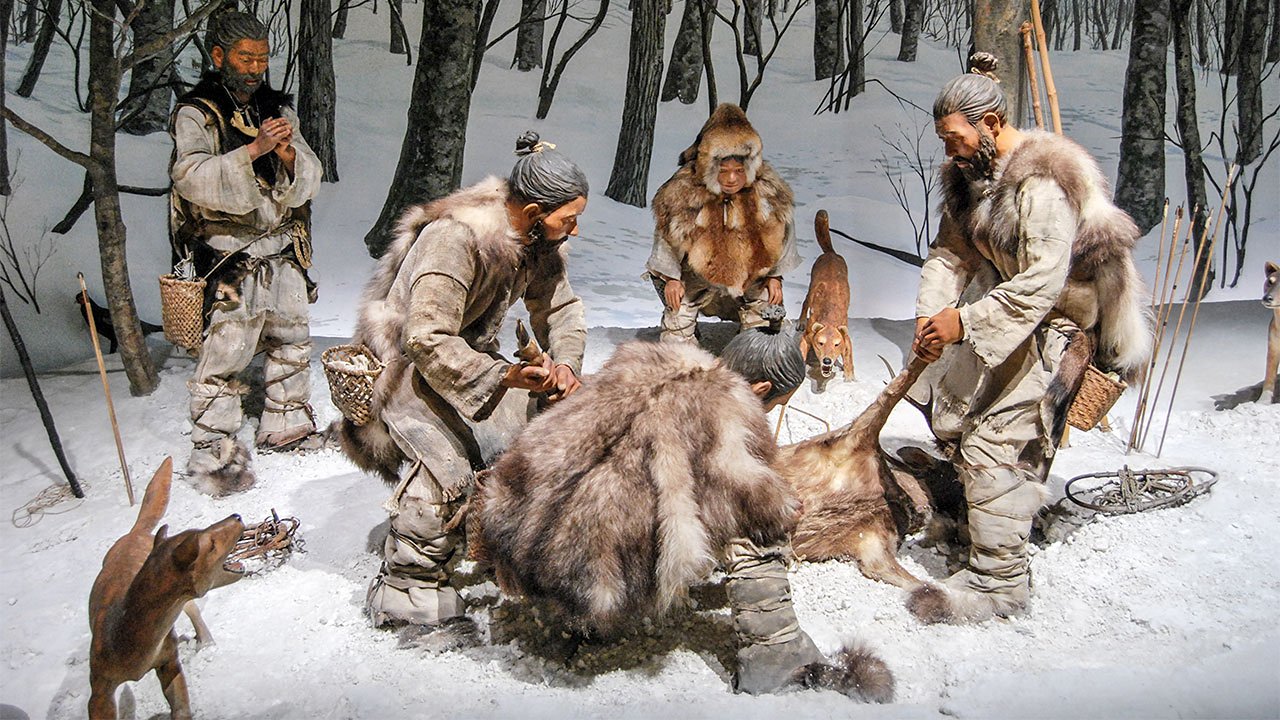

.jpeg)
